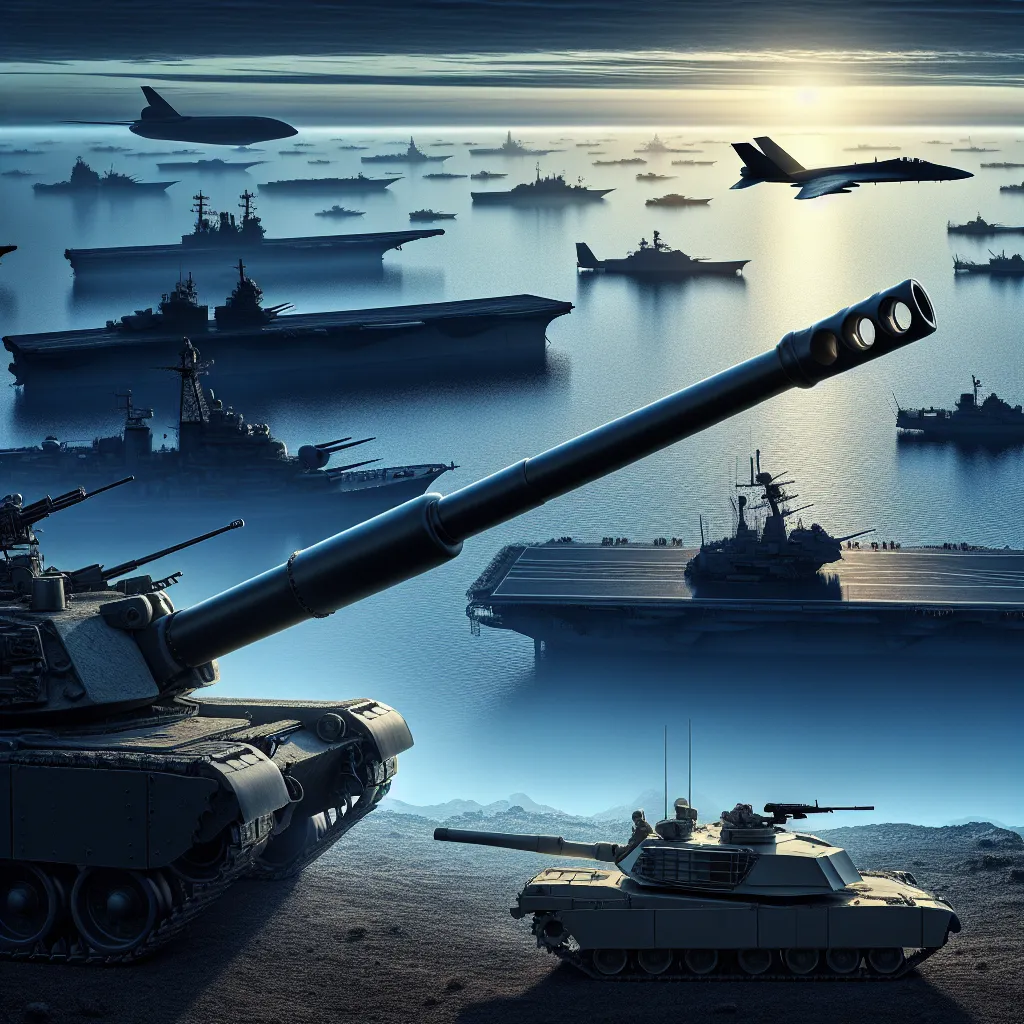Historically, the grandest empires have always boasted the most formidable navies and armies. It’s a trend that has followed us into the modern age, where science and industry constantly stretch the limits of technology and imagination. This relentless pursuit of power has often meant bigger armies and bigger weapons—from aircraft that defy gravity to hulking tanks and bombers. Each decade brings machines of war that are not only larger but also immensely powerful.
During World War I, artillery pieces like Big Bertha, the German siege gun, could propel massive shells over great distances, causing formidable destruction. By World War II, even larger cannons like the German K-5 railway guns, nicknamed Anzio Annie, emerged. These could bomb targets from over 50 kilometers away and were hidden in strategic rail tunnels to bombard Allied troops during key invasions.
In the Cold War era, power wasn’t just about size but also about versatility and delivery. On January 20, 1953, Cold War General turned President Dwight D. Eisenhower included a nuclear-capable cannon in his inauguration parade, a testament to the era’s technological advancements. Known as the M65 howitzer, it could lob atomic warheads, standing as a symbol of ultimate power, although its practicality was limited.
The evolution of military technology continued to stress mobility and efficiency. The M777 howitzer, though still hefty, focused on reducing weight by using advanced metallurgy like titanium, making it transportable by helicopter and maintaining incredible firepower and accuracy.
Tanks saw similar advancements. From the British Mark I clunkers of World War I to the iconic M4 Shermans of World War II, each design tweak led to improvements in speed, armor, and firepower. The apex of this evolution came with the Cold War’s M1 Abrams, a tank known for its whisper-quiet gas turbine engine, giving it both speed and power.
In the skies, the development arc from World War II’s B-29 Superfortress to the Cold War’s sleek, supersonic Tu-160 Blackjack bomber shows the dramatic leap in range, speed, and payload capacity. These aircraft could perform both strategic and tactical roles, proving that air superiority was crucial in modern warfare.
Naval power, particularly battleships and carriers, also followed a trend of increasing size and firepower. The American Iowa-class battleships of World War II, like the USS Missouri, were formidable in their time but were eventually overshadowed by the rise of aircraft carriers. The British HMS Ark Royal and the American Yorktown class played critical roles in pivotal naval battles, illustrating the aircraft carrier’s emerging dominance.
The Cold War saw the ultimate symbol of naval engineering—the nuclear aircraft carrier. The American Nimitz class, replaced eventually by the even larger Gerald R Ford class, encapsulates the ethos of modern naval power: speed, carry capacity, and sheer functional longevity. These floating fortresses can operate for decades without refueling, carrying vast arsenals and serving as critical power projection tools.
In essence, the machinery of war has continually evolved to become faster, more mobile, and more deadly, reiterating that power isn’t merely a function of size but also of technological sophistication and strategic versatility.






